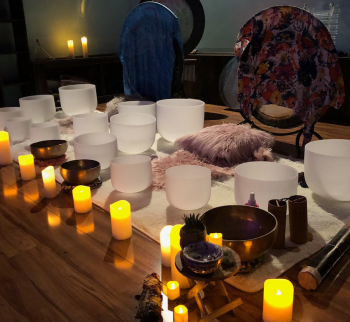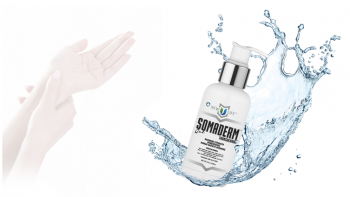WELLNESS--Scented candles may seem like a good way to cover odors or create ambiance in your home, but there are some hidden dangers you should know about before igniting the flame. For starters, most scented candles that come from unconcerned or unconscious candle makers contain dangerous chemicals like benzene, toluene, and lead. These chemicals are known to be carcinogenic potentially leading to cancer. In one study, scientists found that the dangerous chemicals emitted in scented candles were comparable to the dangers of breathing diesel exhaust fumes.
Ideally candle wax will be made of soy or beeswax. If the candle is free of the dangerous chemicals mentioned above, they will advertise that. Keep in mind that even a “clean burning” candle can still throw soot into the air that your lungs will need to process. When burning any type of candle, it is best to be sure the house is well ventilated and when possible, leave a window open near where the candle is burning.
Soy based candles seem to be the ones that throw the least amount of soot. A trick to cut down on soot levels is to trim down the wick as much as possible before each use of the candle. If you leave previously burnt candlewicks as they are and light them again, they throw much more soot than if they are trimmed down before lighting.
Another danger in certain mass-produced corporate candles are the wicks. The ideal wick in a candle is made of natural cotton and completely metal free, but many cheap candles are still made with a lead wire wick so that when the wax is being poured the wick stays rigid keeping it from folding in under the pressure of the melted wax. It’s important to note that there are lead free wicks that are still made of metal. Those are usually containing zinc, and while this is much safer than lead, I still prefer an all-natural cotton wick.
The dangers of lead including behavioral problems, learning disabilities, hearing problems and growth retardation are well documented. It is for this reason that lead wicks were banned in the US back in 2003. Unfortunately that hasn’t stopped foreign candle producers, especially China, Hong Kong, and even some US companies from continuing the dangerous use of lead wire wicks in their candles.
When lead-wicked candles are burned, fumes containing lead are thrown into the air and ultimately inhaled into the lungs. When purchasing candles be sure to read the ingredients and that a cotton, or at least a lead free, wick is being used. Candles can add a nice touch to any home. Just be sure the candle was made consciously and without dangerous toxins.
(Christian Cristiano is an acupuncturist in LA, TV host of Wellness for Realists and writes on wellness regularly for CityWatch. Christian can be reached at 310.909.6956 twitter: @CristianoWFR)
-cw























